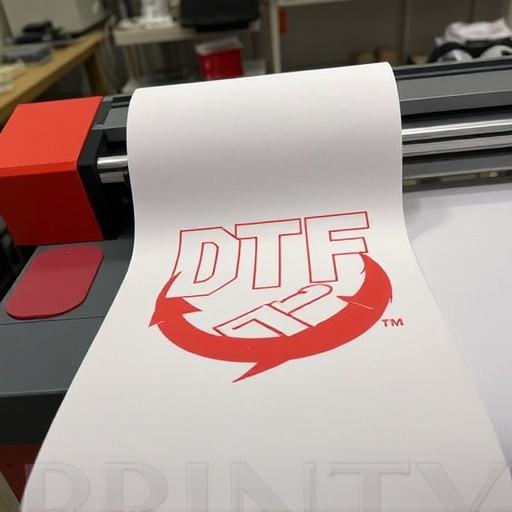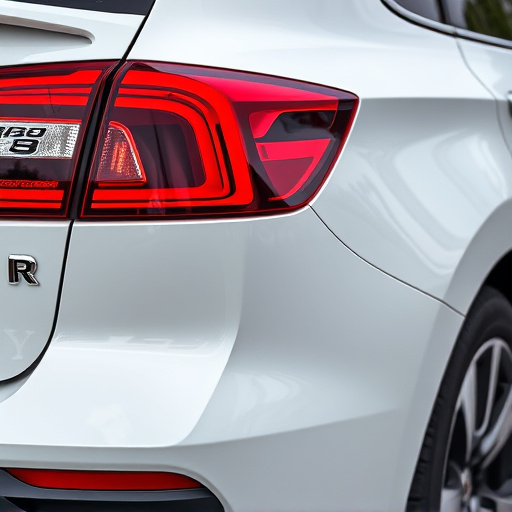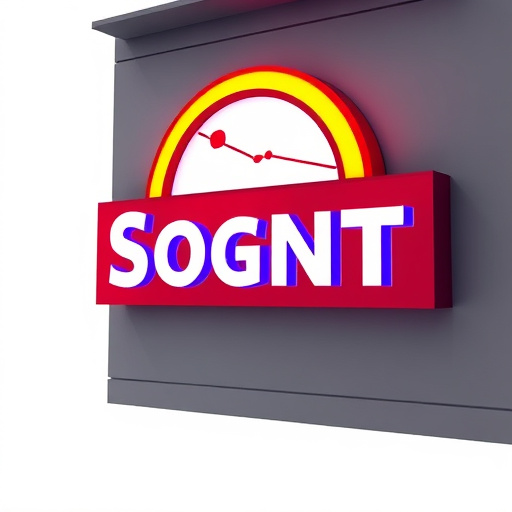A meticulous pre-installation phase is vital for successful signage design projects, encompassing client needs assessment, site analysis, regulatory compliance, and detailed measurement preparation. This includes material selection (e.g., vinyl banners, metal signs) and planning add-ons like lighting or interactivity. Obtaining permits from local authorities, especially for window tinting or vehicle wraps, is crucial to avoid legal issues. Comprehending client needs, integrating protective layers for outdoor signage, and a comprehensive site assessment ensure a tailored, durable, and aesthetically pleasing signage design installation that meets both functional and branding requirements.
The successful implementation of a professional signage design goes beyond aesthetics. It requires a meticulous process that blends strategic planning, creative design, and precise execution. This article guides you through the crucial steps involved in signage design and installation, from pre-installation assessments to final inspections.
Learn how to navigate permit requirements, craft visually compelling designs aligned with brand identity, and ensure durability. By following these key stages, you’ll create impactful signage that enhances any space.
- Pre-Installation Planning and Preparation
- – Understanding project scope and client requirements
- – Site assessment and measuring space availability
Pre-Installation Planning and Preparation

Before any physical installation begins, a thorough pre-installation planning phase is crucial for successful signage design projects. This step involves evaluating the client’s needs and goals, site conditions, and local regulations. It’s important to study the location where the signage will be installed, considering factors like visibility, lighting, and potential foot traffic. Creating detailed measurements and layouts ensures the signage fits perfectly, avoiding costly on-site adjustments. Additionally, this phase includes selecting suitable materials, considering options like durable vinyl banners or long-lasting metal signs, and planning for any additional components such as lighting or interactive features.
Preparation also entails obtaining necessary permits and approvals from local authorities, especially for businesses opting for window tinting or custom vehicle wraps as part of their signage strategy. Ensuring compliance with zoning regulations and building codes is essential to avoid legal issues and potential delays in the installation process. Effective pre-installation planning and preparation lay the groundwork for a seamless and effective signage design installation.
– Understanding project scope and client requirements

The first step in any successful signage design installation project is to thoroughly grasp the scope and specific needs of the client. This involves detailed discussions to understand the purpose of the signage, target audience, and brand identity guidelines. By comprehending these aspects, designers can create a tailored solution that aligns with both aesthetic preferences and functional requirements. A clear project brief ensures the final product meets expectations and serves its intended purpose effectively.
Additionally, considerations such as UV protection and ceramic coating, often sought after in car customization, can be integrated into the design to enhance durability and longevity, especially for outdoor signage. These advanced protective layers safeguard against environmental factors, ensuring vibrant colors and sharp graphics remain intact over time.
– Site assessment and measuring space availability

Before beginning any signage design installation, a thorough site assessment is paramount. This involves evaluating the physical space available for the sign, considering factors like dimensions, layout, and structural integrity. The goal is to ensure that the proposed sign fits seamlessly into the existing environment, enhancing visibility and aesthetics. Skilled professionals measure key points, analyze traffic patterns, and assess nearby signage to create a well-planned design. This meticulous process guarantees that the final installation not only meets but exceeds expectations in terms of both functionality and visual appeal.
Furthermore, site assessment plays a crucial role in determining the best placement for the sign, considering factors like lighting, visibility, and potential obstructions. By accurately gauging space availability, designers can employ innovative strategies to create impactful displays that serve as effective vehicle enhancements or promotional tools, ultimately contributing to successful branding and marketing efforts. High-quality finishes and scratch protection are additional considerations that arise from this initial phase, ensuring the sign’s longevity and visual integrity over time.
In conclusion, successful signage design installation hinges on meticulous pre-installation planning and preparation. By thoroughly understanding the project scope, client requirements, conducting site assessments, and measuring available space, designers can ensure optimal results. This strategic approach not only guarantees visually appealing and effective signage but also aligns with client goals, ensuring a seamless and efficient installation process.














